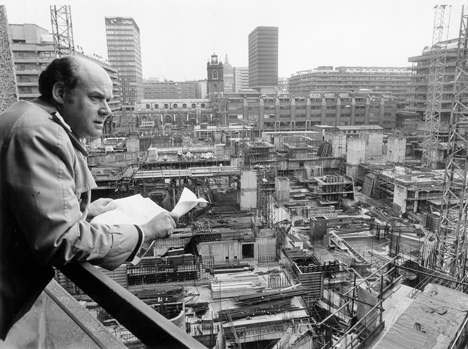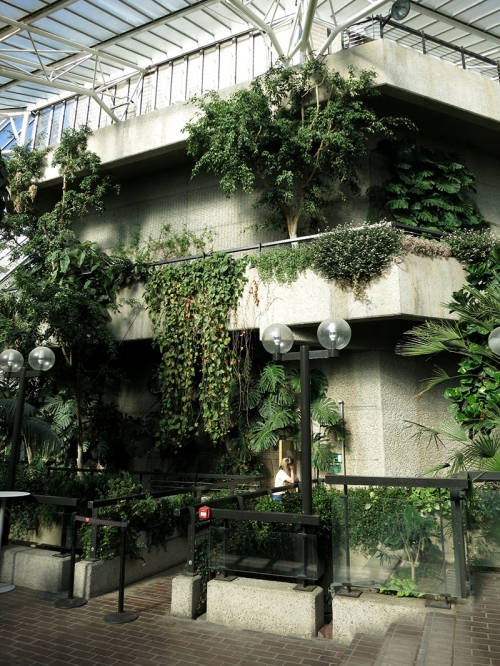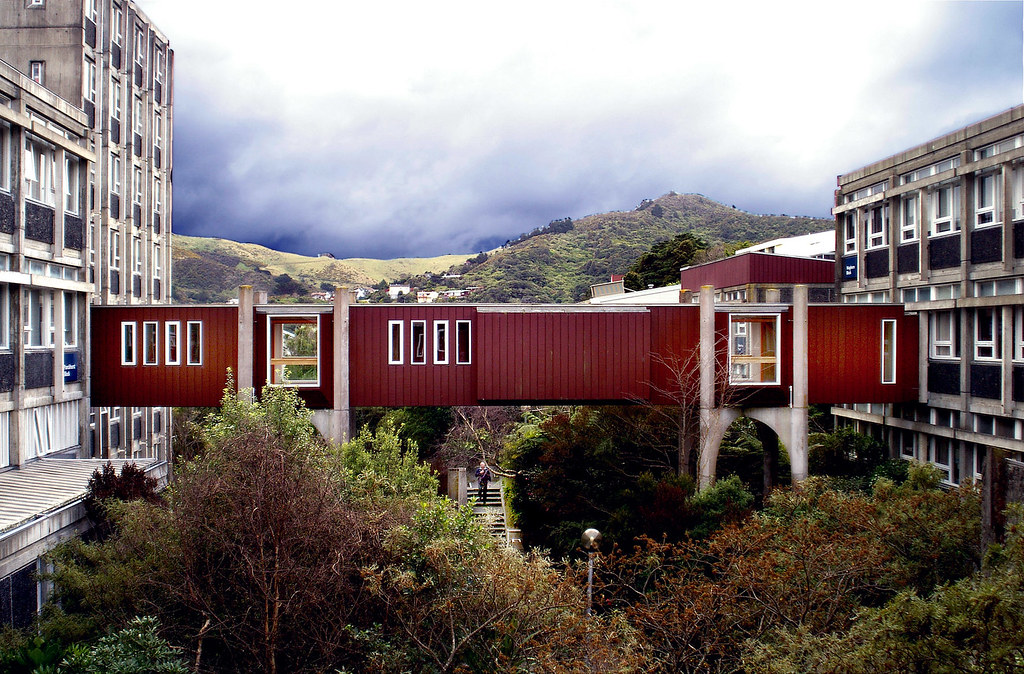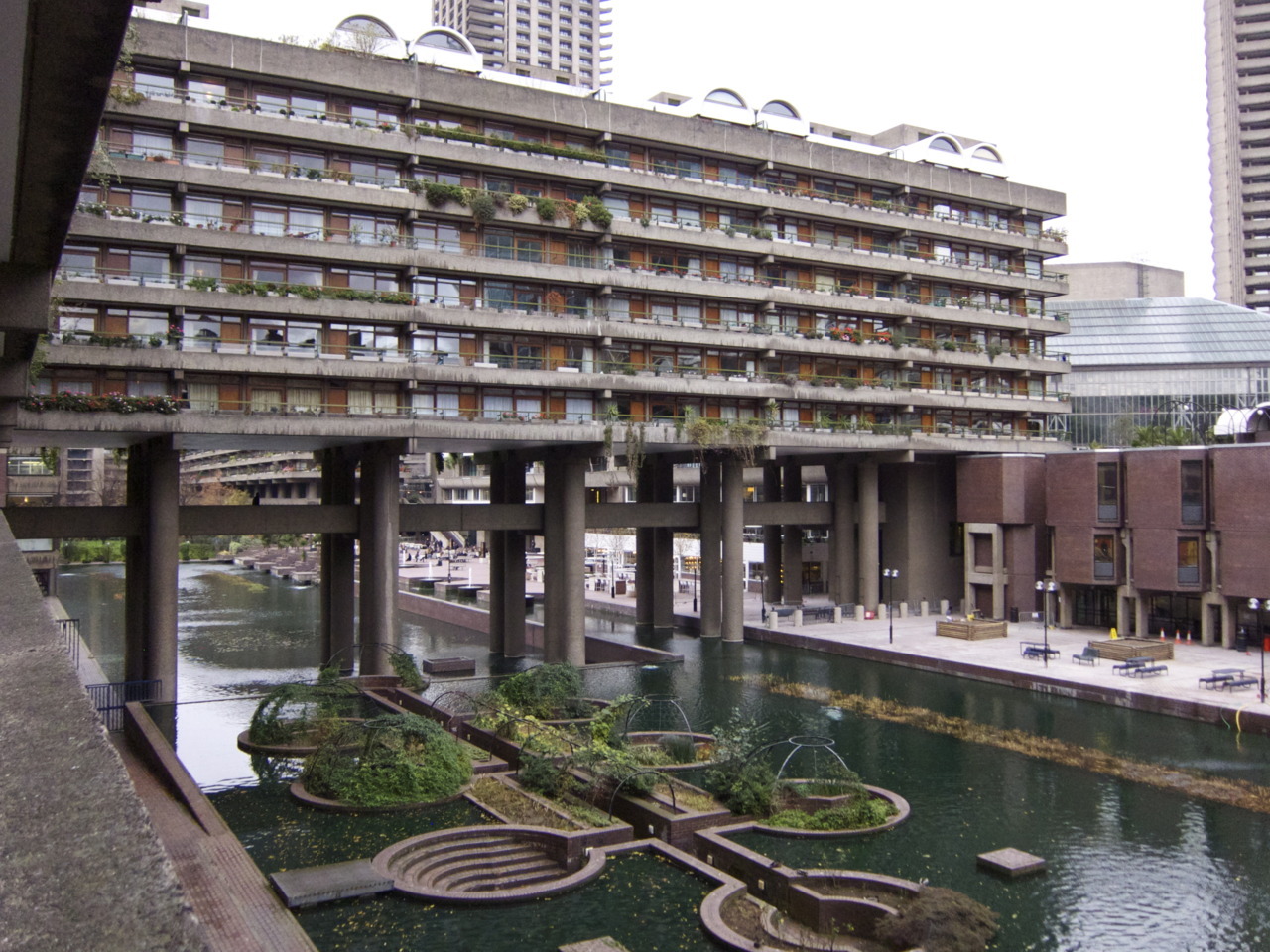
Naming a favourite building is always a tricky question to answer,
but at the moment for me it’s probably the wonderful brutalist Barbican in London. This is a relatively belated discovery of mine, when a couple of years ago a friend working nearby introduced me to the Barbican’s spectacular play of space and glorious concrete articulating what is known to many as London’s “council housing for the rich.”

We approached the complex from the overpass from the railway station, through spaces of varying scales, until we looked down into a magical hidden world of greenery, a medieval church and the strict geometry of the Barbican’s central lake and buildings. It is one times I can say that comprehensively agree with QEII, given her proclamation, on opening the Barbican Arts Centre in 1982, of the complex being “one of the modern wonders of the world.”
The Barbican is beautiful, but while we can say that beauty is often in the eye of the beholder, and somewhat subjective, its modernist idealism is equally admirable.
As Europe’s largest postwar reconstruction project, the design aimed to re-populate this area of London through an ambition to create a city within the city which separated pedestrians from cars and offered a new vision of what high-density residential neighbourhoods might look like. The complex achieves this through lifting pedestrians above road level – but by also creating large amounts of car-free spaces.
The 40 acre complex, designed by …

… architects Chamberlin, Powell and Bon, was built on the edge of Roman London (1969-1976), which suffered significant damage during WWII. Its name derives from the Latin “Barbecana,” apparently referring to a fortified outpost, and London’s Roman wall. The project was aimed at intensifying the resident population in the area, which in 1951 had dwindled to 48. It also skillfully provides housing for over 4,000 people on its 40 acre site – that’s 100 people per acre, in a design which incorporates old and new architecture – the medieval St Giles, Cripplegate, as well as parts of London’s 2,000 year old Roman wall.
But the Barbican is not just a residential estate.
It’s perhaps better described as a poster child for mixed-use developments, which engage civic public space with its private residential blocks and towers. The site accommodates: 2 schools, a museum, an art gallery, 2 theatres, a concert hall, a library, 3 cinema, offices, shops, restaurants and cafes and …

… a giant conservatory. It is simply quite massive – but its enormity seemingly vanishes as you explore it and the carefully designed views guide you through the complex, from one enticing space to another.
Its careful understanding of buildings on a site reminds me of another modernist wonder – this time at home in Wellington.

Bill Toomath’s Karori Teachers’ College, is a more symphonic expression of concrete than the Barbican, but one equally aware of the importance of a well-designed site for a complex of buildings. Like the Barbican, the former Teachers’ College is a complex – its functional range, which includes a gymnasium, lecture theatres and a cafeteria, suggests its potential to accommodate the kind of civic and private residential spaces à la barbican.

In September 2001 the Barbican gained a Grade II heritage listing “designated a site of special architectural interest for its scale, its cohesion and the ambition of the project. The complex is architecturally important as it is one of London’s principal examples of concrete Brutalist architecture and considered a landmark.” It now has about 4,000 people living in over 2,000 flats, and you can even buy a book about it.
Christine McCarthy, President, Architectural Centre
The “My favourite modernist building …” series is in support of Gordon Wilson Flats which is facing threat of demolition.

Leave a Reply